
The best games often avoid overwhelming the screen with instructions. Instead of relying on cluttered maps and arrows, they guide you using the environment itself – things like noticeable landmarks, sounds, lighting, and animations that feel natural to the game world. The games below are great examples of how clever design and subtle hints can help you navigate without feeling lost, allowing you to truly immerse yourself in the experience if you prefer a world without constant on-screen directions.
‘Journey’ (2012)

Thatgamecompany cleverly guides players through its environments using natural cues like views of mountaintops, wind direction, and glowing trails that lead the way. The game uses gentle musical sounds to highlight nearby objects and recharge abilities, avoiding on-screen instructions. Players are also guided through ruins and canyons by visual elements like sand-surfing paths, strong color contrasts, and heat effects. While Sony Santa Monica helped publish the game, its design is defined by a clean, minimalist style.
‘Shadow of the Colossus’ (2005)
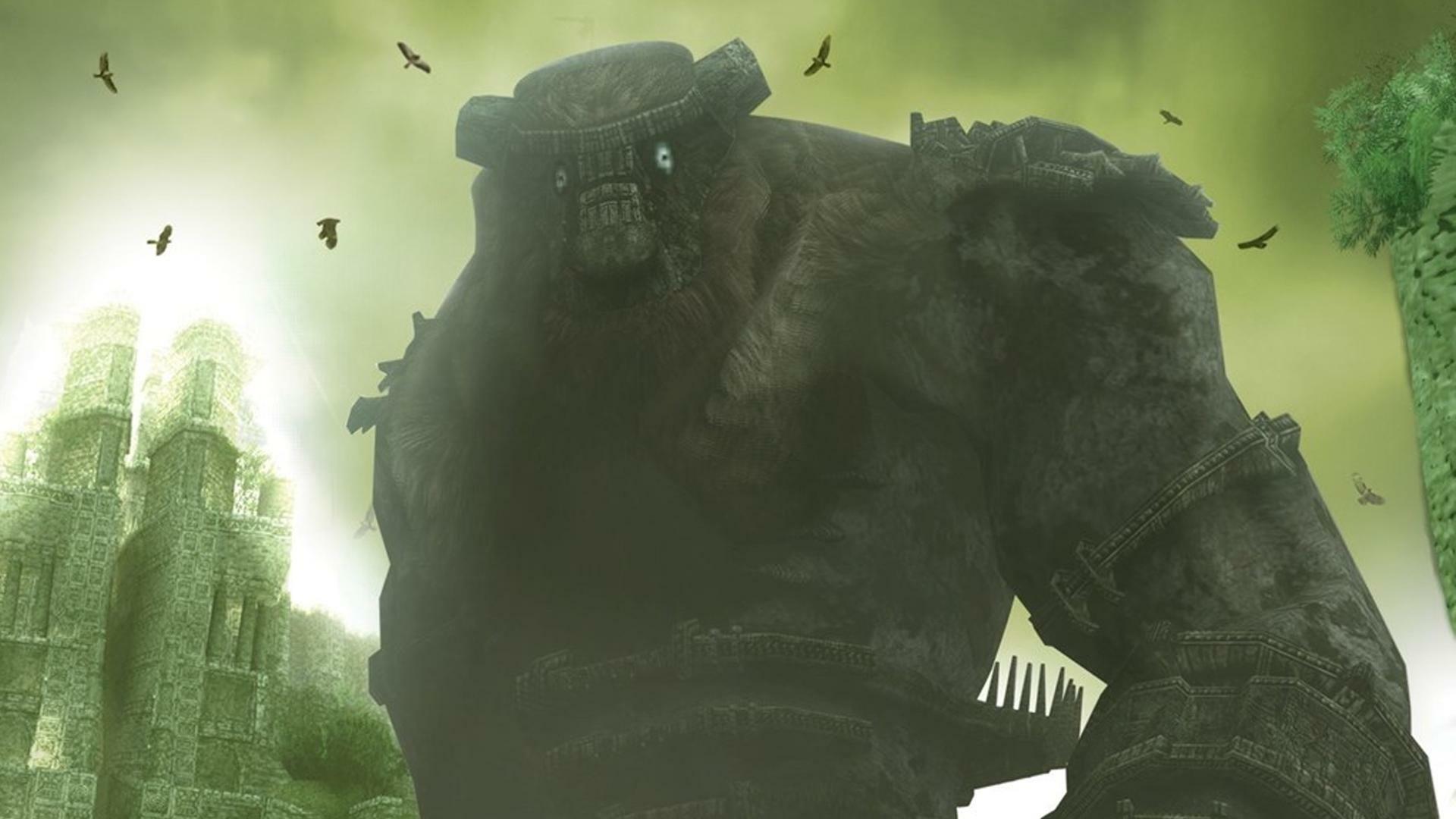
Team Ico guides players in Shadow of the Colossus with a single beam of light from the protagonist’s sword, rather than traditional maps or quest lists. The game’s vast landscapes use natural features like hills and the colossi themselves to help you find your way. The way Agro, your horse, handles and the camera angles are designed to subtly lead you to important locations. Sony, the publisher, kept the on-screen interface minimal to emphasize the game’s sense of grand scale and loneliness.
‘Inside’ (2016)
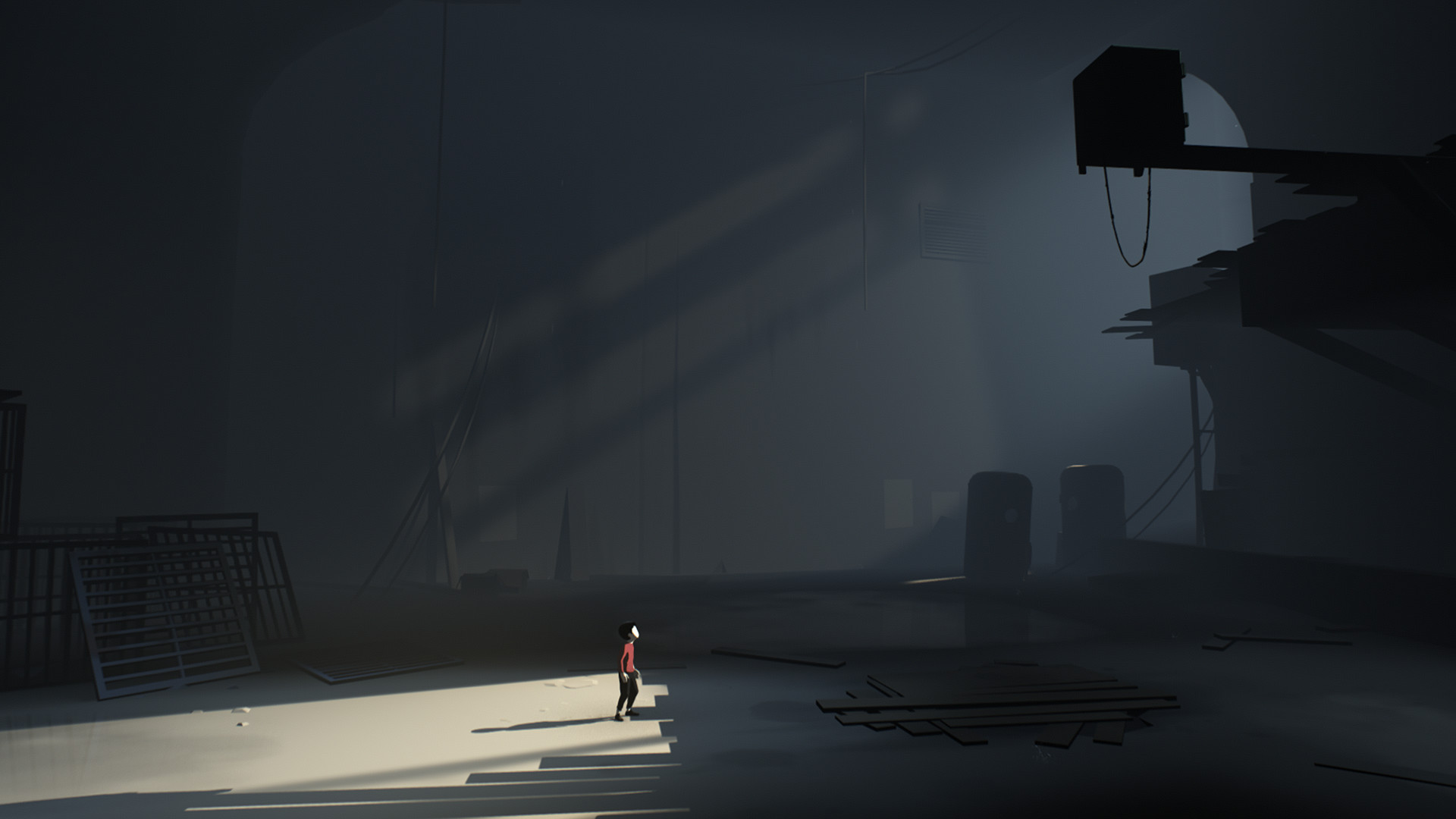
Playdead guides players not with on-screen instructions, but through how characters move, the use of light and shadow, and predictable enemy patterns. Visual cues, like layers of background moving at different speeds and contrasting colors, show players where they can climb and which paths are safe. Sounds, such as barking dogs or engine noises, hint at when to take action. Because the games have no spoken words or on-screen displays, the studio relies on clear animation to teach players how to play.
‘Limbo’ (2010)
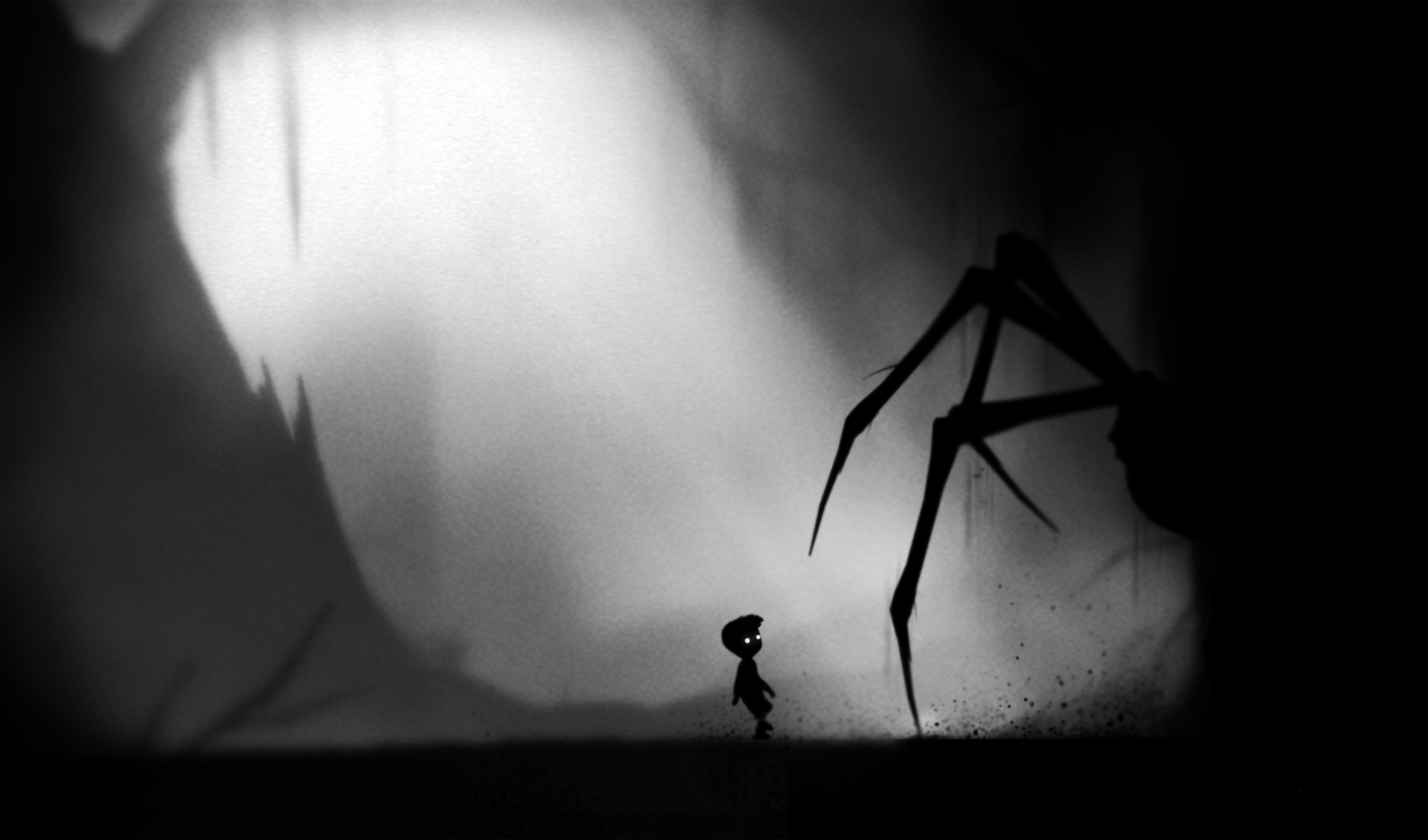
This black-and-white platformer, also by Playdead, uses striking visuals and hints at dangers ahead. The game cleverly teaches you how things work – like rolling logs, swinging ropes, and water levels – before making things more challenging. Carefully designed scenes guide your view towards the way out. With very little on-screen text or menus, the focus stays on understanding how the world works and learning the right timing.
‘The Witness’ (2016)
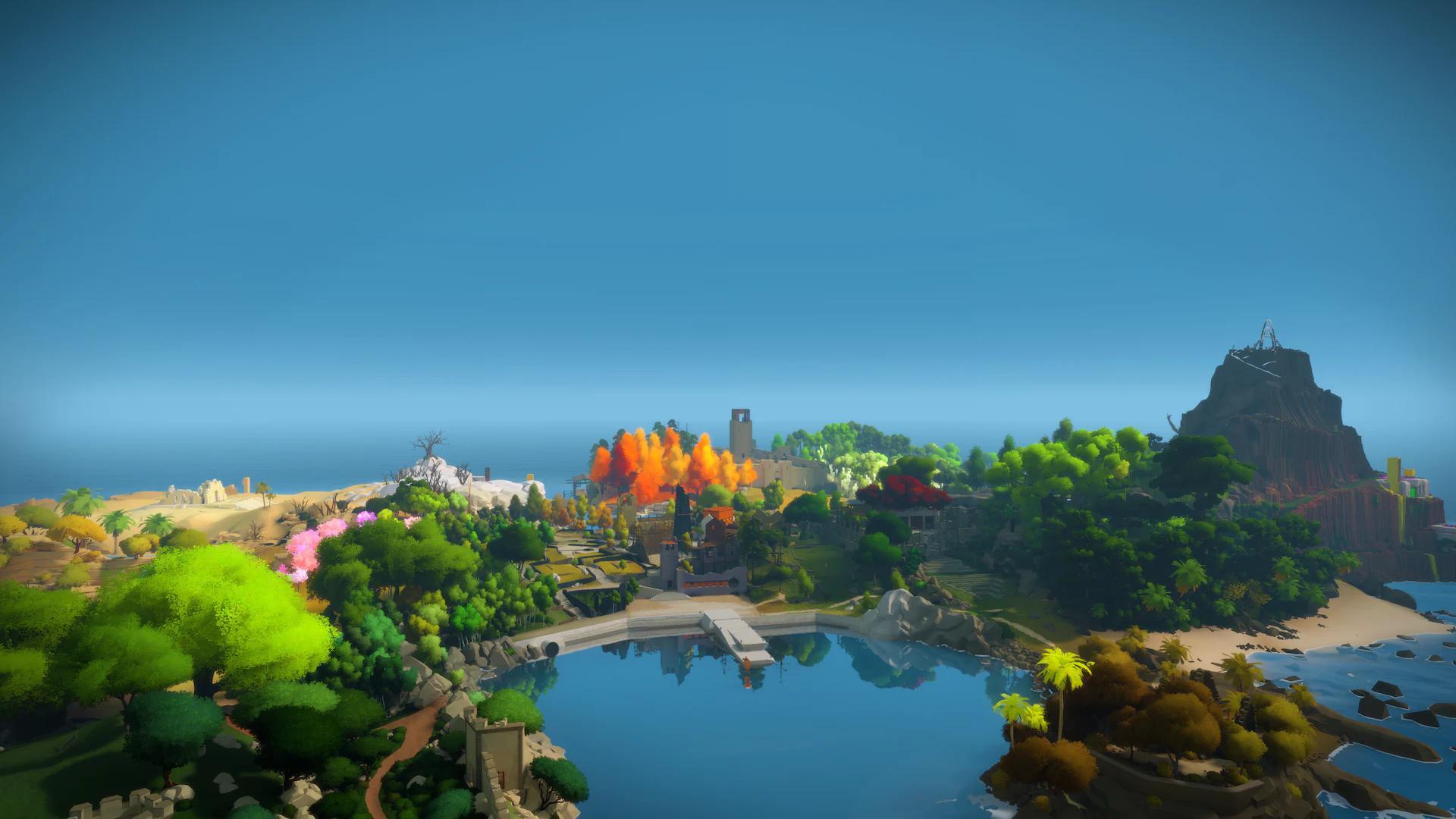
Thekla, Inc. designs its island world to be the tutorial. Instead of giving you lists of things to do, it uses the environment itself – the placement of puzzles and what you can see – to teach you the rules. Subtle cues, like the colors of cables and how panels are positioned, guide you around the island. Clever visual tricks, such as lining up shapes from a specific viewpoint, encourage you to pay attention to your surroundings and learn by experimenting. The simple design keeps you focused on solving spatial challenges, not reading instructions.
‘The Legend of Zelda: Breath of the Wild’ (2017)
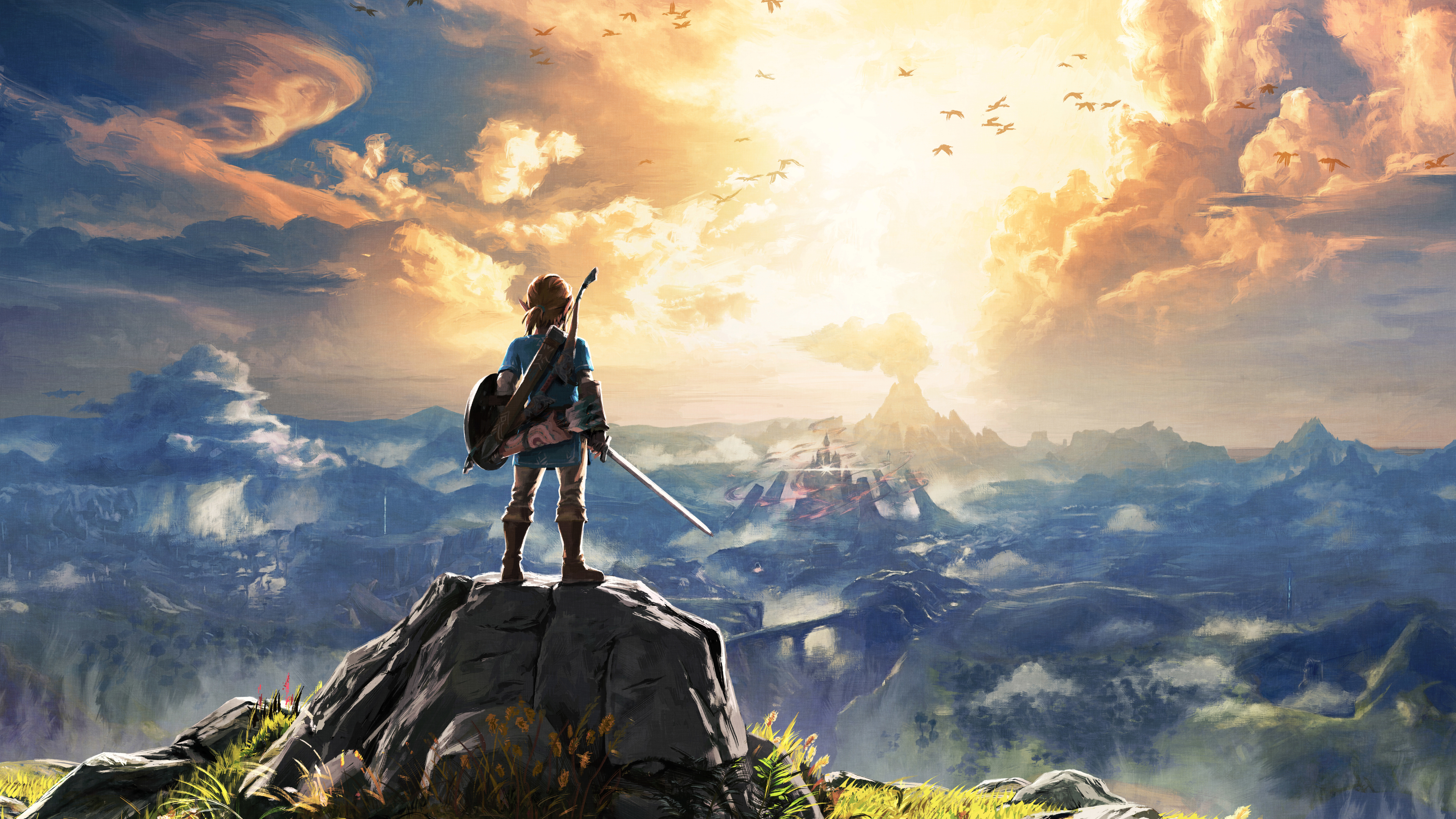
Nintendo’s games encourage you to explore by using clear landmarks like towers, shrines, and the castle in the distance, allowing for a cleaner, less cluttered screen. Subtle clues in the environment – like smoke, animal behavior, and weather – suggest things to do and potential dangers. While helpful tools are available, the game often lets the landscape itself guide you. Plus, the way things interact – fire, wind, and physics – frequently provides solutions without needing on-screen instructions.
‘Ghost of Tsushima’ (2020)
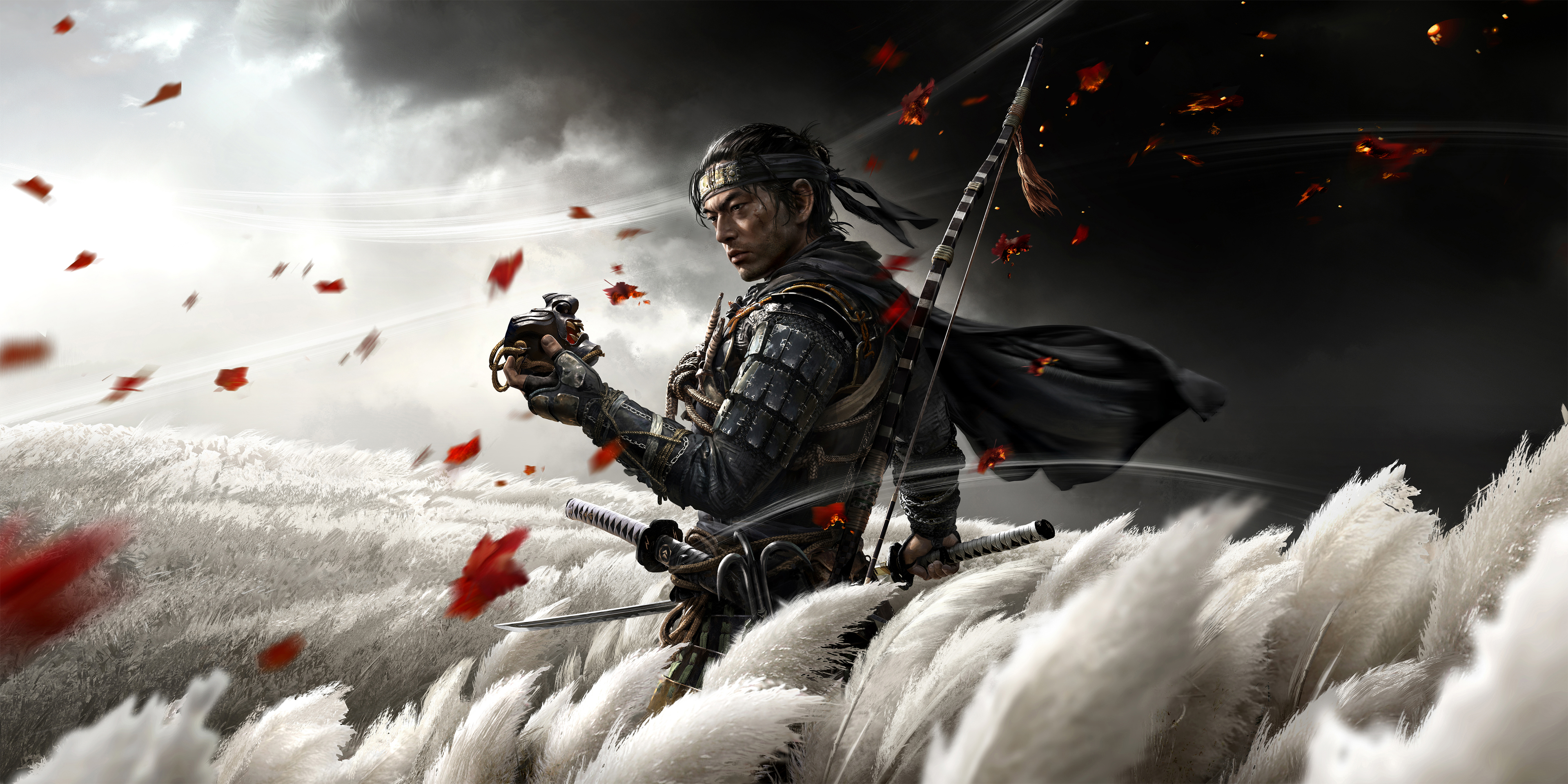
Instead of a traditional on-screen arrow, Sucker Punch uses a natural wind effect to guide players toward their goals. This “Guiding Wind” flows through the environment, and is complemented by environmental cues like birds, foxes, and smoke signals that point towards optional activities. The game also uses gentle controller vibrations and sound cues to subtly indicate the right direction, all while keeping the screen clean. The way the game is filmed and framed makes it easy to find your way, even with the on-screen display minimized.
‘Outer Wilds’ (2019)

In Mobius Digital’s game, you discover what to do through in-universe sources like a ship’s log and local rumors, rather than simple to-do lists. The game world itself – things like weather patterns, volcanic activity, and strange quantum objects – creates limited-time opportunities that you uncover by paying attention. Sound travels realistically through space, giving you clues about distant locations and signals. Instead of waypoints, you learn the solar system’s rules and use them to navigate.
‘Hellblade: Senua’s Sacrifice’ (2017)

Ninja Theory uses realistic 3D sound to guide your focus and timing in the game, with voices seeming to come from specific directions to hint at danger or where to go. Puzzles involve finding and aligning symbols within the game world, rewarding players who pay close attention to their surroundings. The game avoids cluttering the screen with a traditional heads-up display, instead relying on animations and sound effects to convey important information during combat. The story unfolds through the environment itself, subtly guiding you forward without relying on on-screen instructions or markers.
‘A Short Hike’ (2019)

Created by Adam Robinson-Yu, this charming game guides you up Hawk Peak using clever level design and what you can see. Instead of lots of menus and instructions, the game uses character conversations, signs, and changes in the environment to show you where to go. You’ll find golden feathers along the way that quietly unlock new climbing paths, and the map itself is straightforward, encouraging you to explore and discover things on your own.
‘Hyper Light Drifter’ (2016)
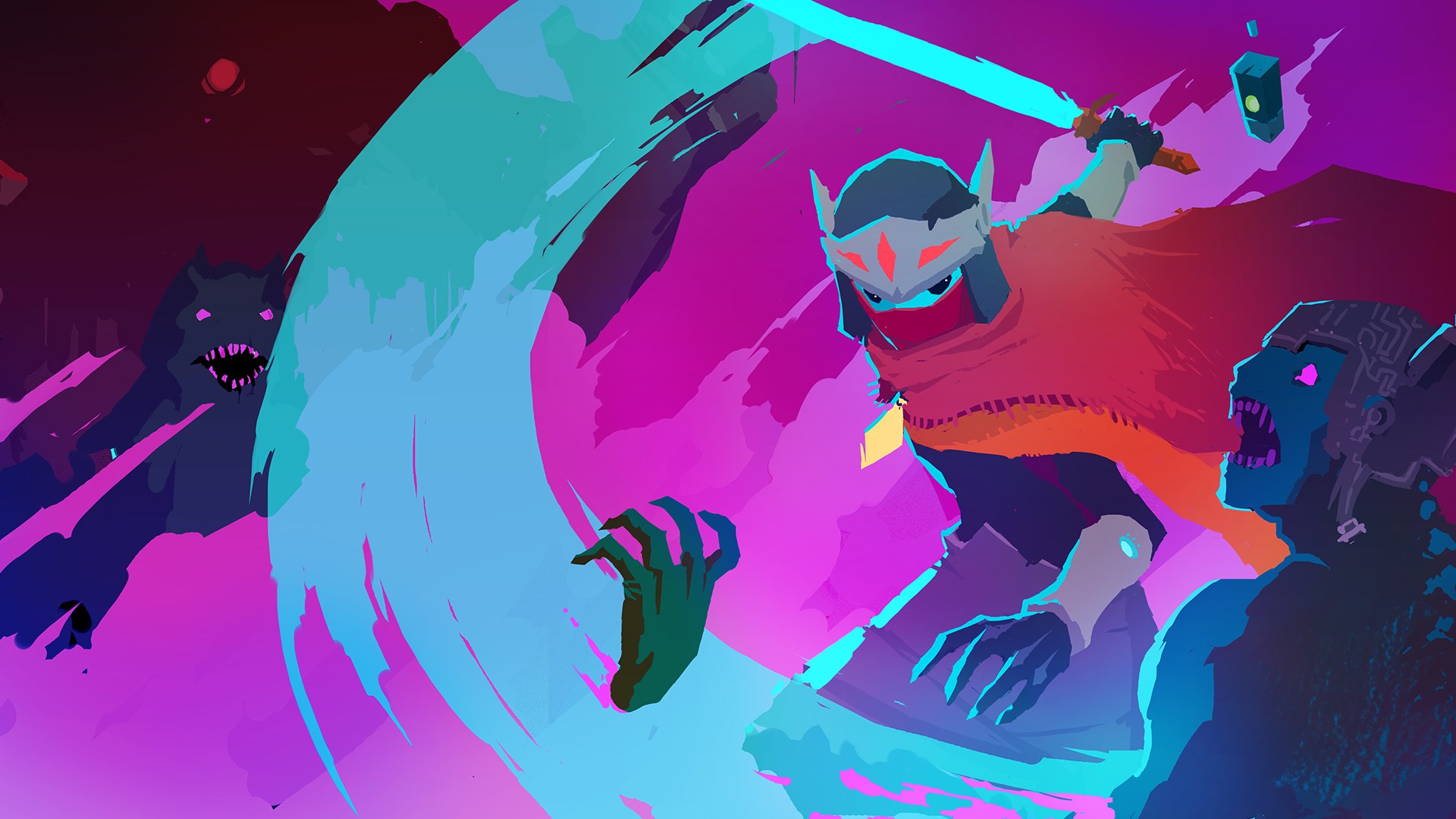
Heart Machine guides players using visual cues and carefully designed challenges instead of lengthy instructions. The game’s bright, glowing environments – like doors, floor designs, and arrows – subtly show you where to go. Enemy areas hint at the best strategies through their layout and the dangers they contain. A simple, uncluttered interface makes combat and exploration feel responsive and clear.
‘ABZÛ’ (2016)
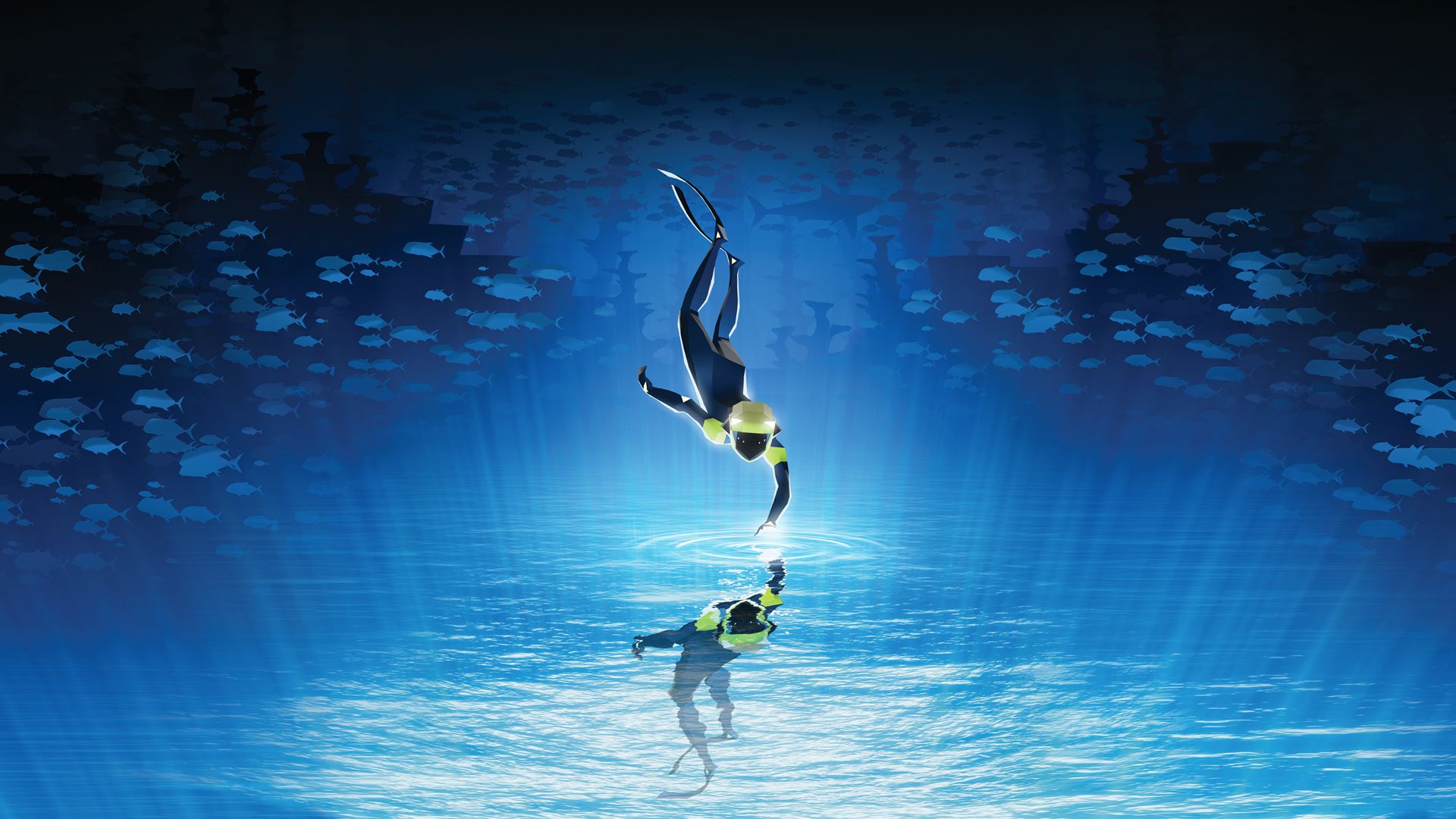
Giant Squid’s game helps you explore the underwater world by using schools of fish, beams of light, and currents to naturally guide you towards interesting locations. It encourages mindful exploration of local wildlife and notable spots without relying on a traditional map. Subtle color changes and the structure of ancient ruins help you navigate through the different areas. The game’s peaceful and simple style is thanks to publisher Annapurna Interactive.
‘ICO’ (2001)
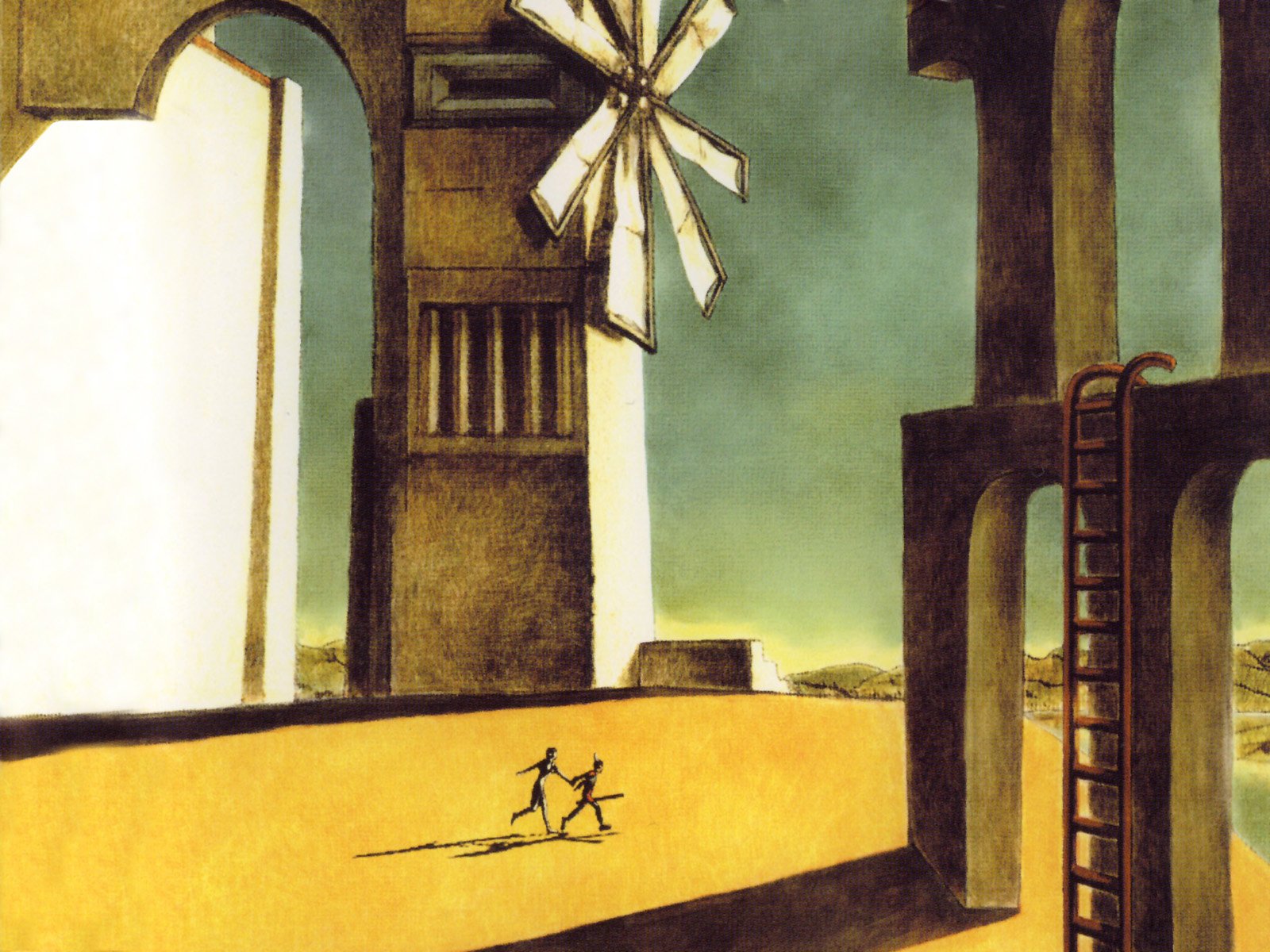
Team Ico uses simple actions like holding hands and Yorda looking at things to guide players. The game’s environments – with repeating patterns of courtyards, bridges, and towers – naturally encourage you to move forward. Puzzles start by teaching you how to use tools one at a time, then combine those tools to teach you how to solve more complex problems. Because there’s very little on-screen information, the game relies on camera angles and sound to help you understand the space around you.
‘The Last Guardian’ (2016)
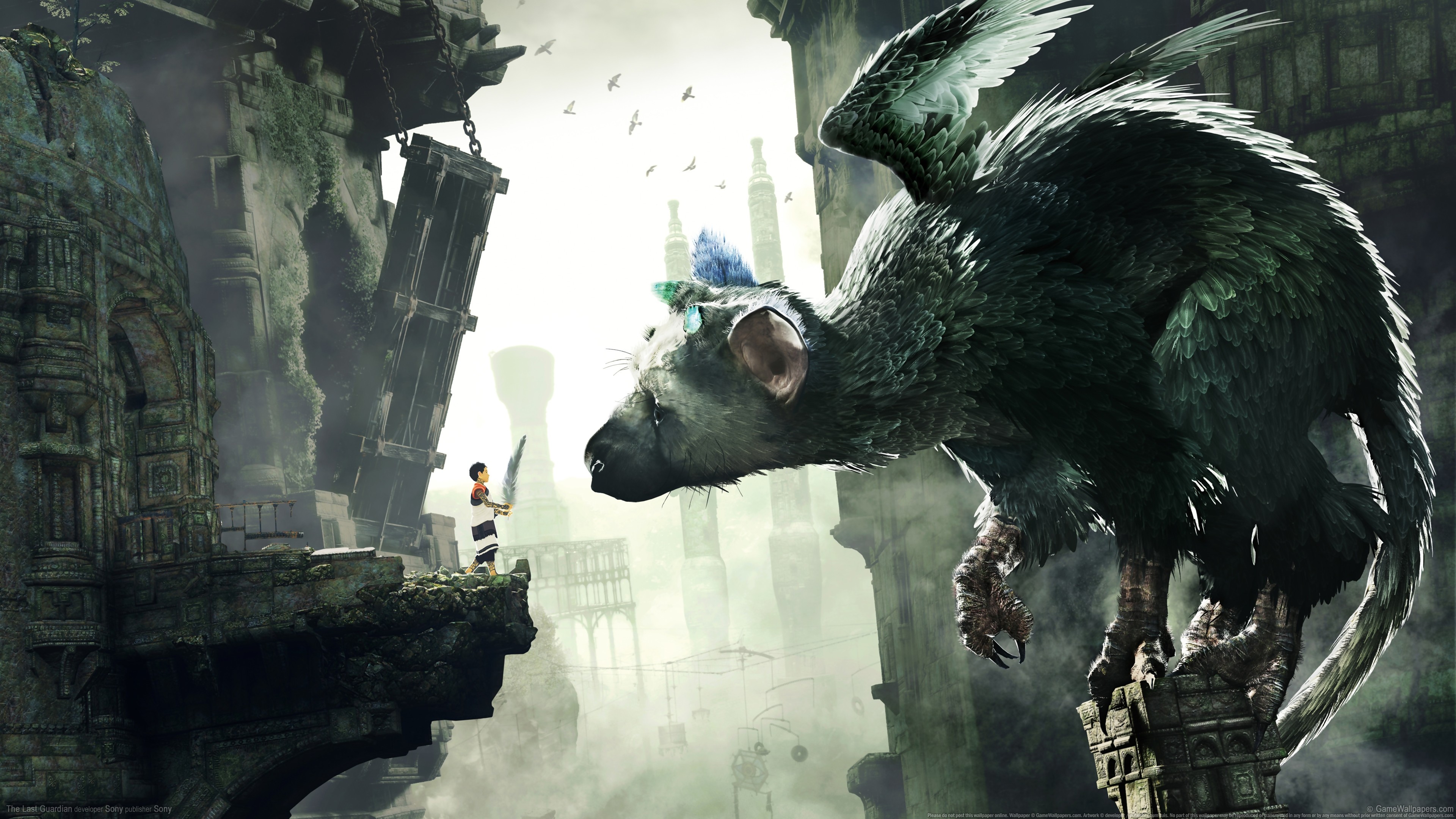
In the game, Trico’s expressions – like how it looks, growls, and holds its body – show players where they can go and what they can interact with. The game’s environments, with things like broken paths and hanging chains, hint at how to move forward without needing on-screen instructions. Light and special designs on the environment signal obstacles. The game keeps the user interface simple to emphasize the connection between the boy and the beast, making their relationship central to how you explore.
‘Sable’ (2021)
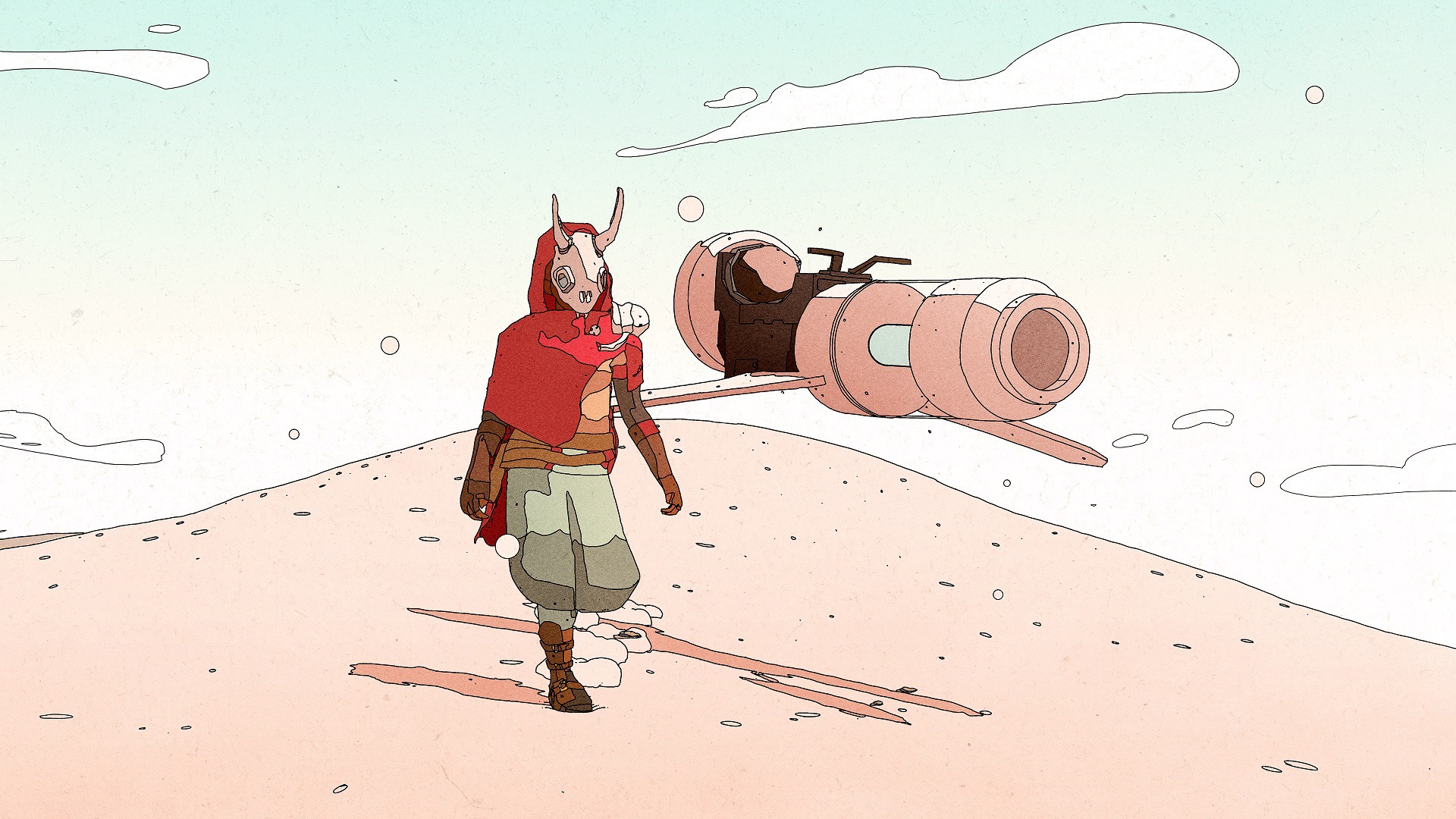
Shedworks encourages exploration using a basic compass and a hoverbike, with unique rock formations and large structures guiding your way. Instead of overwhelming you with map markers, characters give clear, straightforward directions. The game rewards careful observation of the environment – you’ll need to manage stamina while climbing and use scanning to get your bearings. Publisher Raw Fury has maintained a clean, visually appealing world inspired by the artwork of Moebius.
‘The Pathless’ (2020)
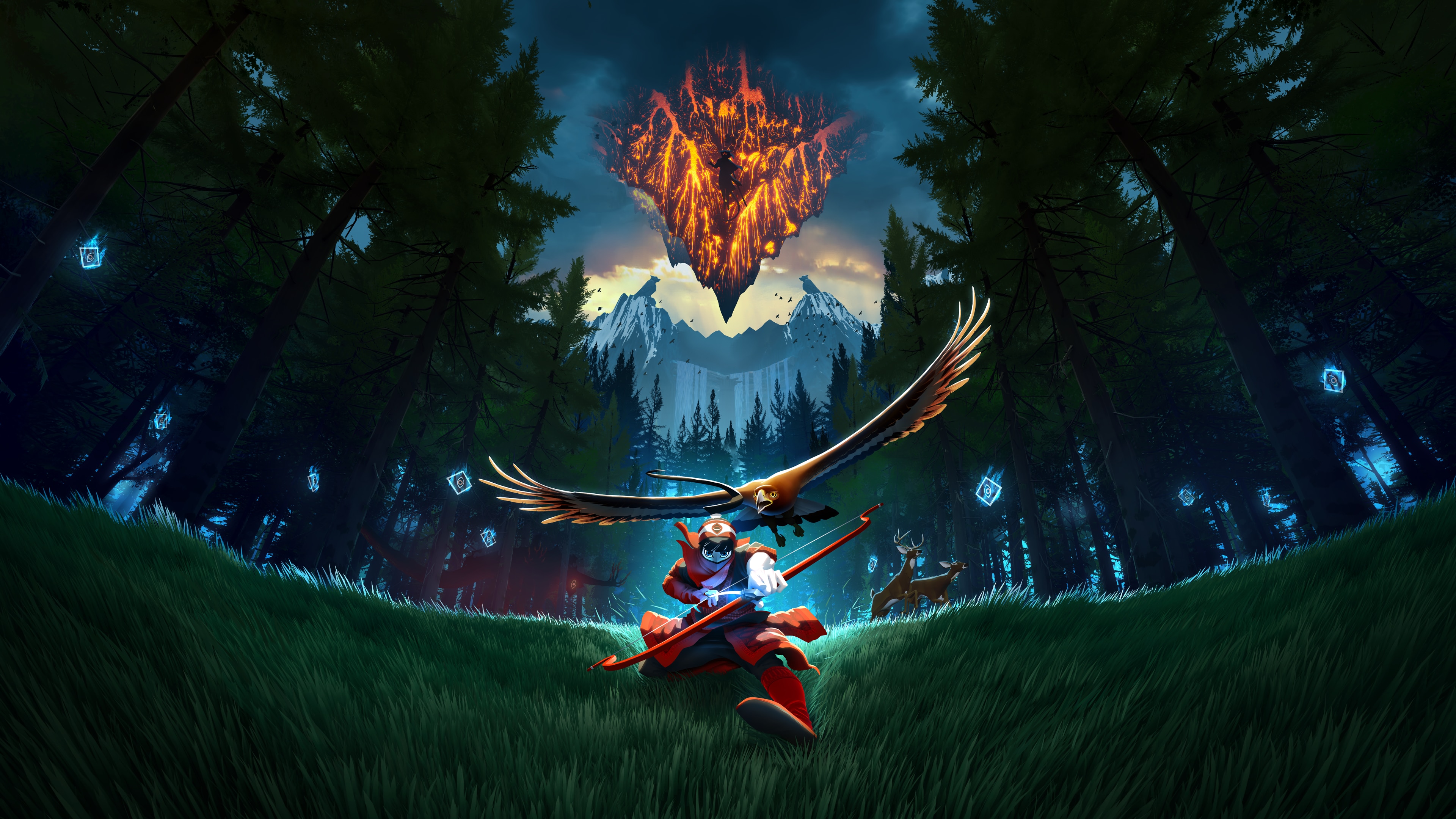
Giant Squid’s game moves away from traditional waypoints. Instead, you’ll navigate using an eagle that helps you travel and a mask that shows you the path forward with glowing energy trails. You’ll also build speed by shooting arrows at special crystals, learning to link shots together intuitively. The game guides you with beams of light from towers and echoes from your mask, rather than relying on on-screen lists. Annapurna Interactive’s release focuses on a smooth, flowing experience.
‘Sea of Thieves’ (2018)

Rare’s approach to navigation focuses on tools found within the game’s world – things like maps, compasses, telescopes, and the stars. Players identify islands by their shapes and recognizable features, not just on-screen markers. Communication between crew members and visual cues from ship instruments help guide players as a team. The game keeps the on-screen display simple, making the ship itself feel like the primary way you interact with the world.
‘Return of the Obra Dinn’ (2018)
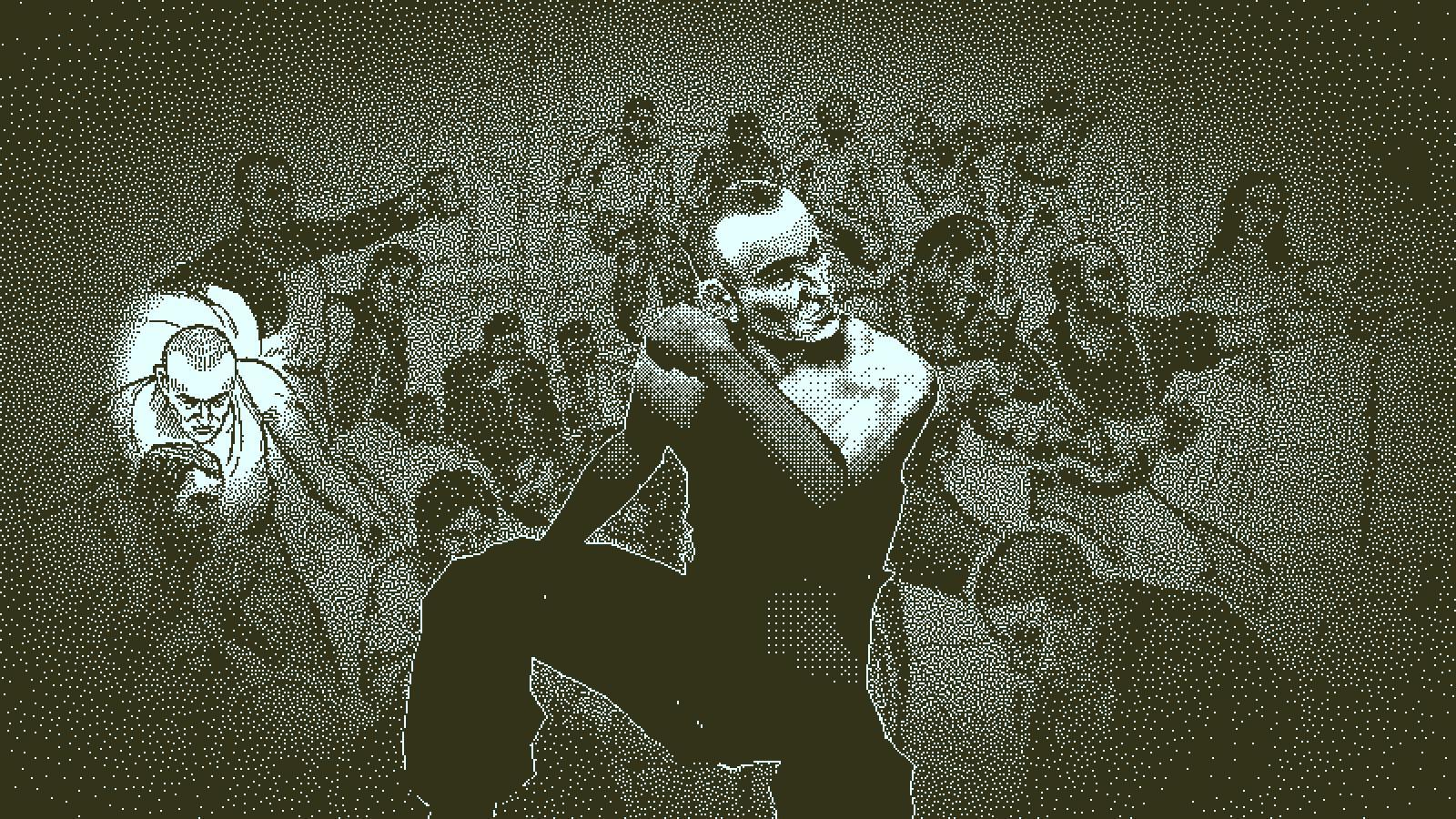
I recently played this amazing mystery game by Lucas Pope and 3909 LLC, and it’s unlike anything I’ve experienced! You don’t get hand-holding at all – instead, you have to piece everything together using just a few tools: a pocket watch, a ship’s manifest, and some sketches. It’s so clever how they show you who’s where using sound and how the scenes are laid out, without any on-screen hints. You quickly learn the ship like the back of your hand by noticing how people move around, and the notebook system is perfect for keeping track of clues – no annoying quest markers needed! It really makes you think.
‘Dark Souls’ (2011)
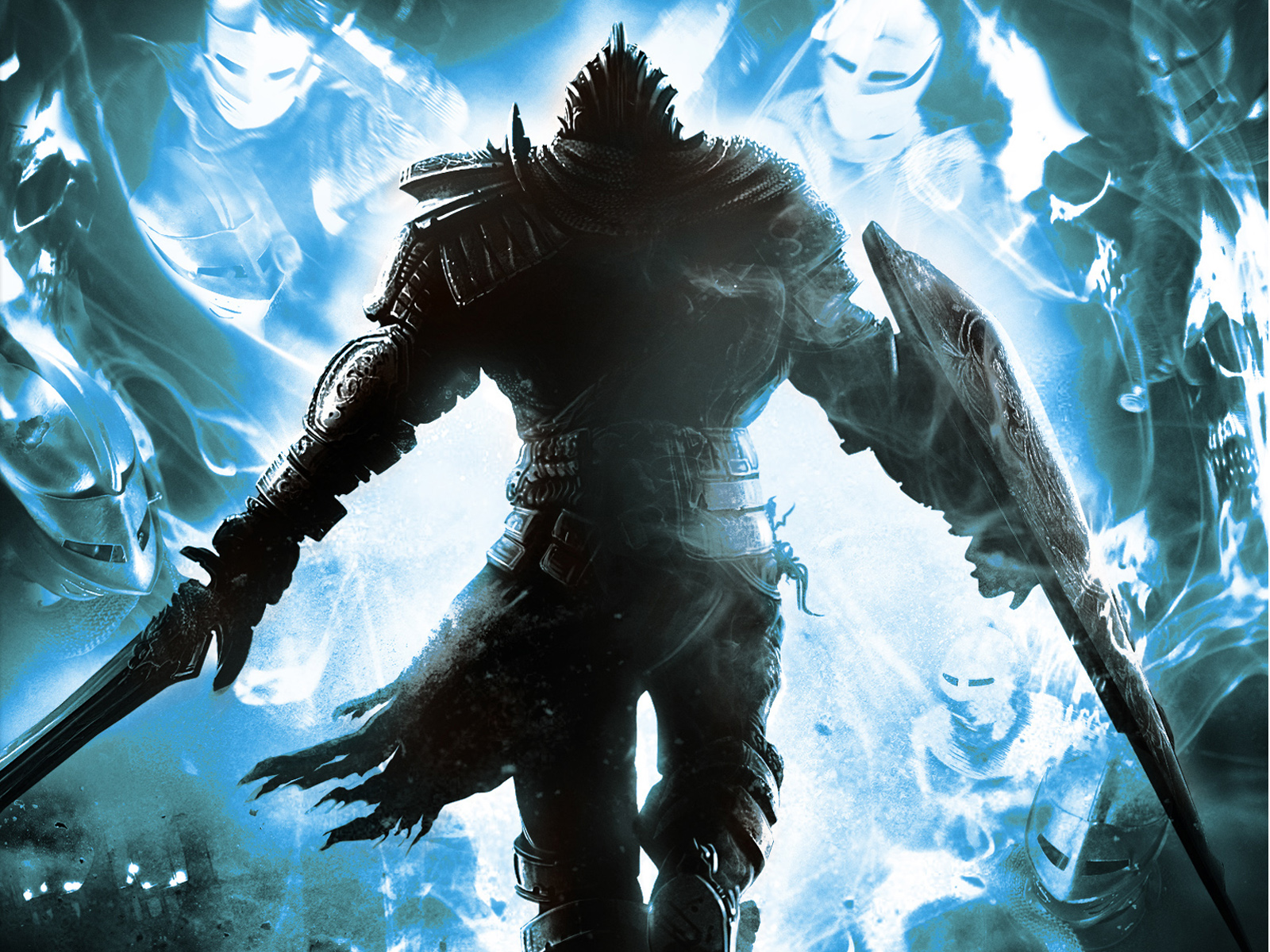
FromSoftware games guide players through their environments using the level design itself—think interconnected paths, shortcuts, and how you can see things from different angles. You learn to play carefully and figure out the best routes by observing enemy positions, rather than relying on on-screen instructions. While bonfires, item details, and character conversations offer some guidance, the game largely lets the world speak for itself, keeping the on-screen display clean and minimal.
‘Metroid Prime’ (2002)
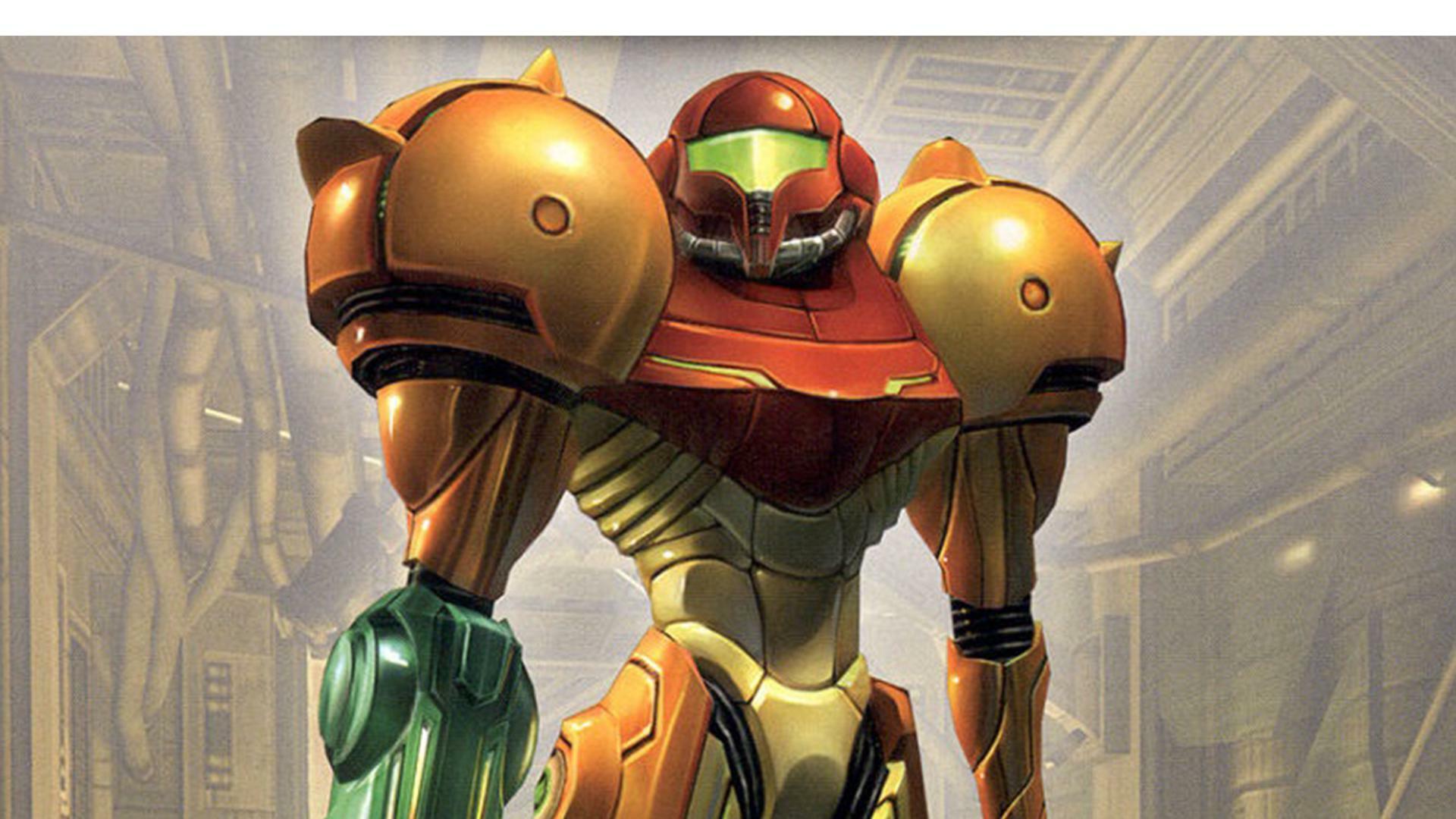
Retro Studios cleverly integrates the game’s interface into Samus’s helmet, making scanning and map use feel natural and practical. The game clearly shows you what upgrades you’ll need by using colored doors, highlighting enemy weaknesses, and indicating environmental dangers. Subtle aiming assistance and the layout of each room gently guide you during combat. Nintendo prioritized designing clear and understandable levels instead of relying on waypoints to show you where to go.
‘Flower’ (2009)
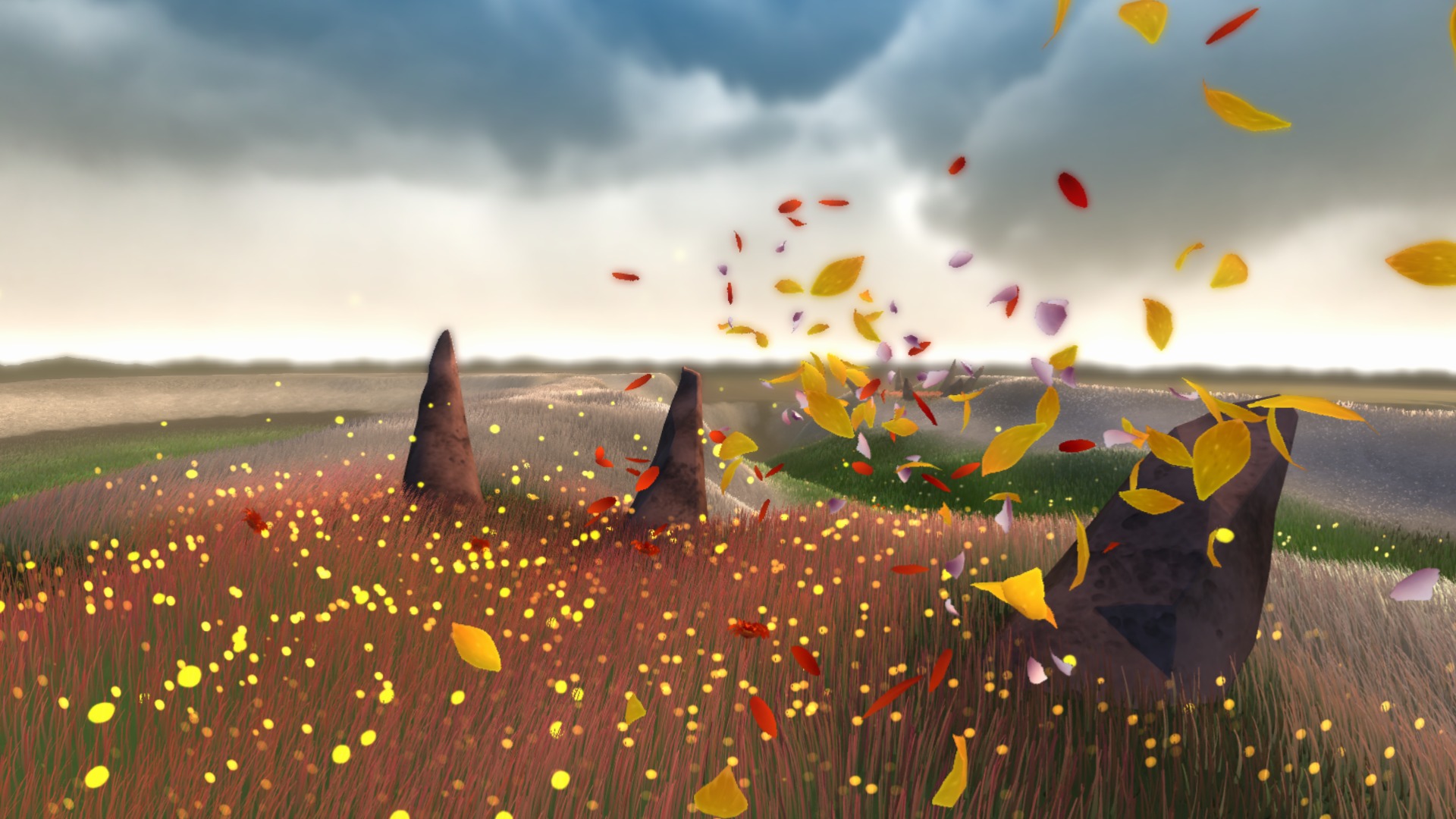
Thatgamecompany uses subtle cues like wind, falling petals, and spreading colors to guide players toward goals. The game gently directs you with controller movements and vibrations, rather than relying on on-screen instructions. The music swells as you progress, enhancing the sense of flow. The game intentionally minimizes on-screen displays, keeping your focus on the experience of movement and atmosphere.
‘Submerged’ (2015)
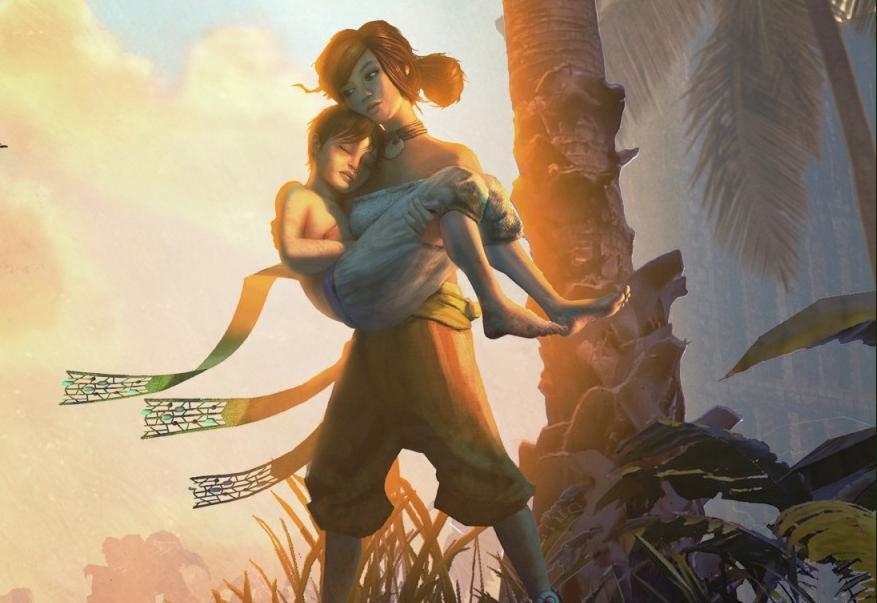
Uppercut Games has created a city overtaken by water, guiding players through exploration with clues like binoculars, distant city views, and scattered supply boxes. The way the boat moves and the presence of climbable vines gently suggest where to go next. Finding collectibles and viewing murals gradually reveal the story and unlock new areas. The game’s simple interface keeps the focus on exploring and uncovering secrets.
‘Proteus’ (2013)
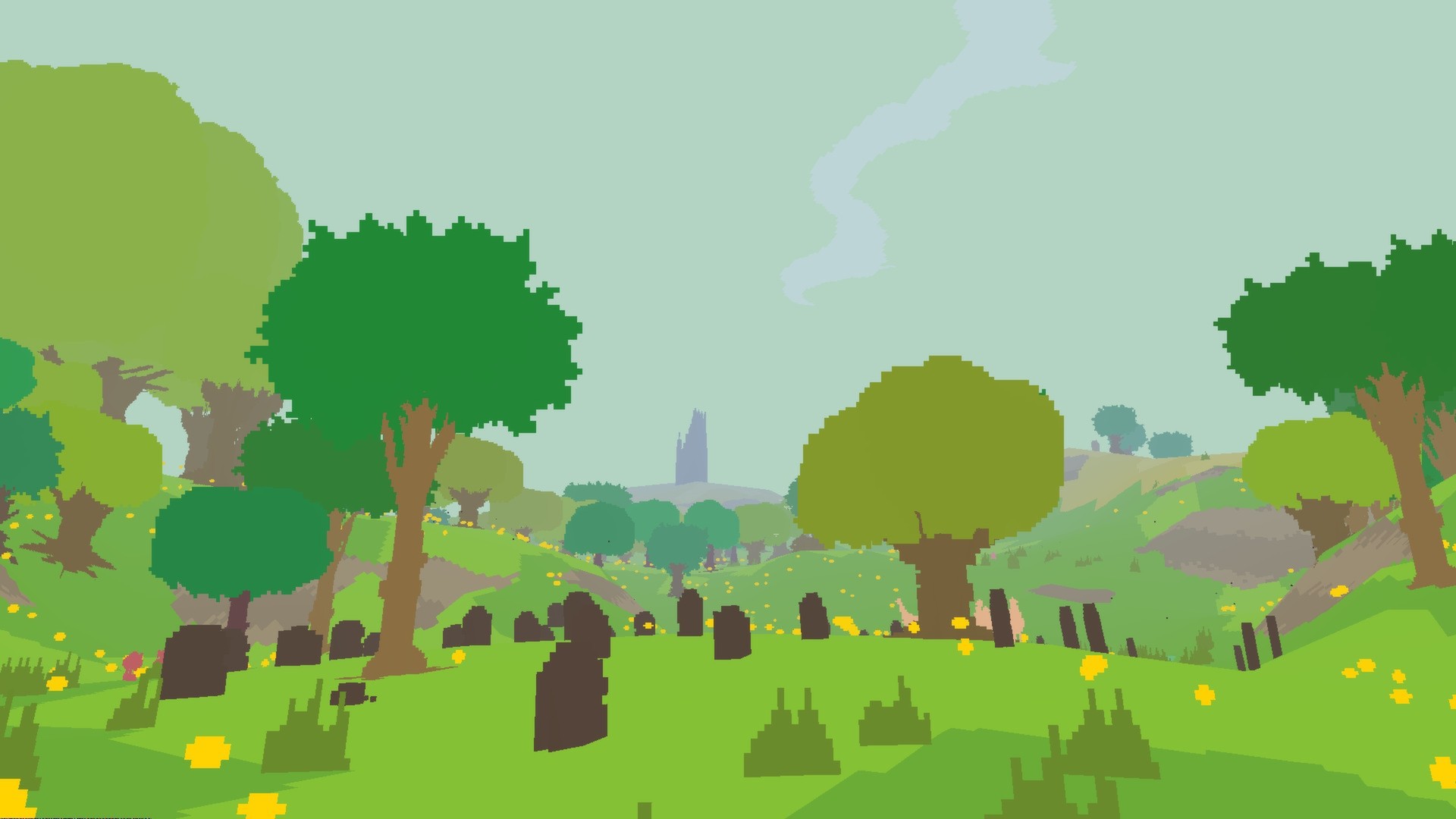
Ed Key and David Kanaga, the creators of this game, use sound and color changes in the environment to guide players. Interesting locations have unique sounds that naturally lead you towards them. The game also subtly reveals new routes based on the time of day and season, without using any traditional signs or markers. Instead of giving instructions or goals, the game encourages exploration through atmosphere and your own curiosity.
‘Rain World’ (2017)

Videocult’s levels are built around how creatures act and how the weather changes, creating specific times when it’s safe to move around. The game uses a karma system and safe havens to naturally teach players how to manage risks. It guides you with visual cues – like pipes, ledges, and garbage paths – to show you how to get around. Adult Swim Games published the game with a simple, uncluttered interface.
‘Death Stranding’ (2019)
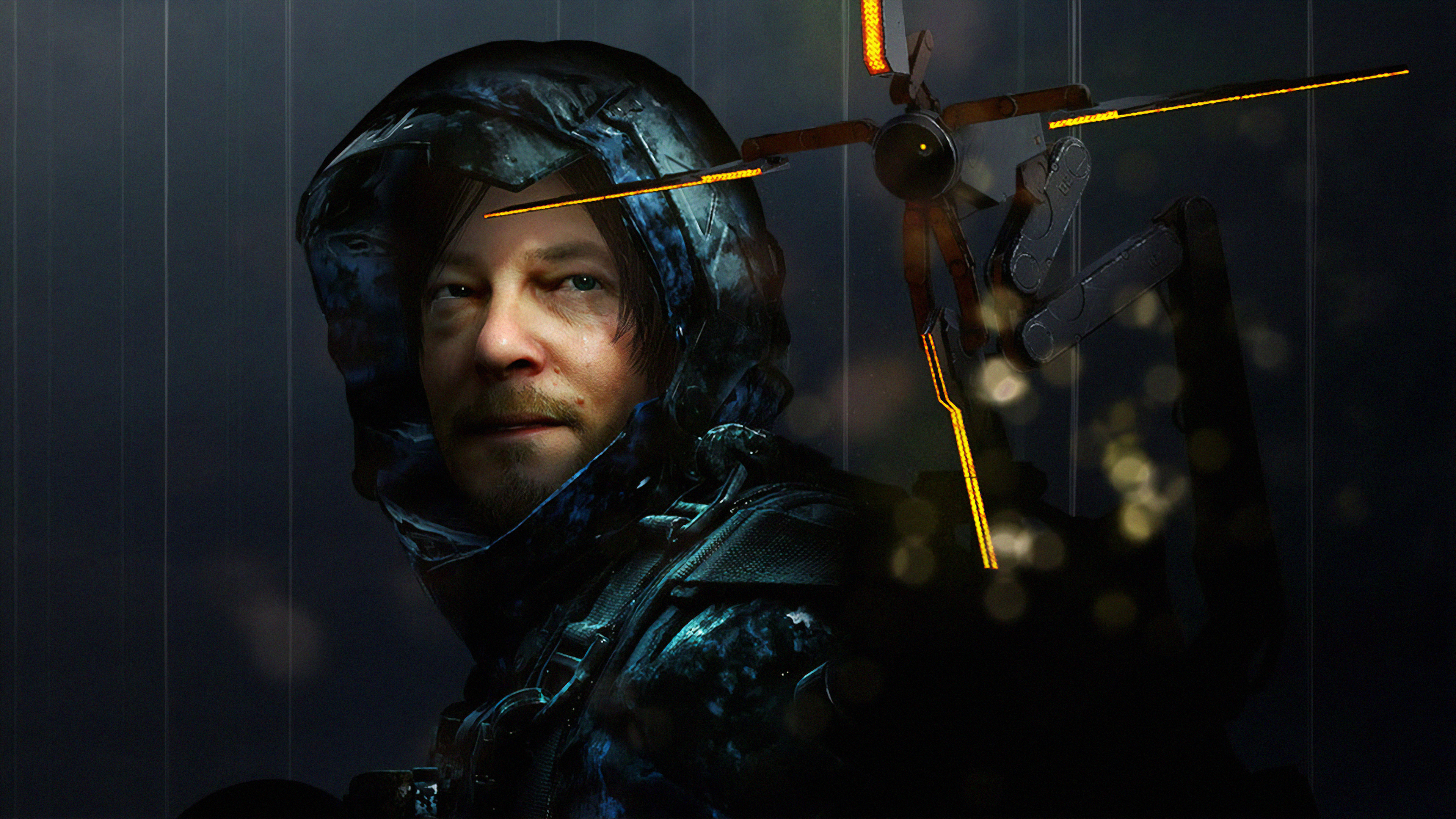
Instead of relying on waypoints, Kojima Productions’ gameplay focuses on understanding the terrain, maintaining balance, and carefully planning your route. Your character’s scanner and the wear on their boots provide important information directly within the game world, without cluttering the screen with extra displays. Players can also leave signs, ladders, and zip lines to help guide each other. This simple, uncluttered interface lets the environment and your tools naturally show you where to go and what to do.
Read More
- Bitcoin’s Ballet: Will the Bull Pirouette or Stumble? 💃🐂
- Deepfake Drama Alert: Crypto’s New Nemesis Is Your AI Twin! 🧠💸
- XRP’s Soul in Turmoil: A Frolic Through Doom & Gloom 😏📉
- Dogecoin’s Big Yawn: Musk’s X Money Launch Leaves Market Unimpressed 🐕💸
- ‘Jujutsu Kaisen’ Season 3 to Kick Off with Double Episode Premiere – Watch the Trailer
- 🚀 Doge’s Zero-Hour: Will It Go From Hero to Zero? 😱
- Can the Stock Market Defy Logic and Achieve a Third Consecutive 20% Gain?
- Swap Kraft Heinz for Costco: A Wodehousian Investment Tale 🍌
- Shift4 Payments Plummets 37% as Fund Trims Stake
- H World Group’s 49% Surge: A Fund’s Petty Victory
2025-11-14 04:51